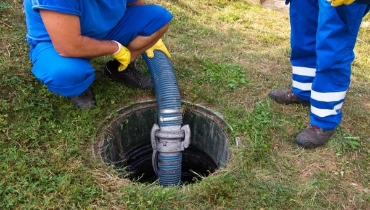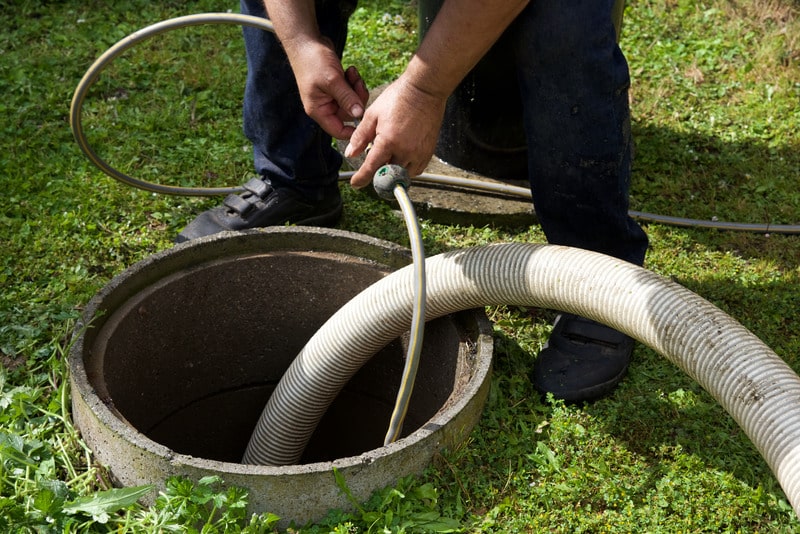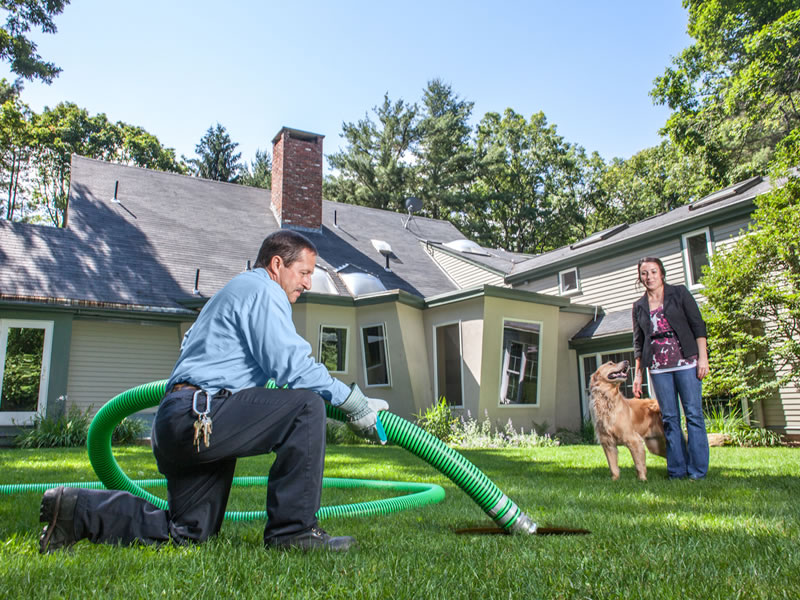The Ultimate Guide To Stillwell Septic And Grading
The Ultimate Guide To Stillwell Septic And Grading
Blog Article
The Greatest Guide To Stillwell Septic And Grading
Table of ContentsAll about Stillwell Septic And GradingStillwell Septic And Grading Can Be Fun For AnyoneSee This Report about Stillwell Septic And GradingHow Stillwell Septic And Grading can Save You Time, Stress, and Money.The Best Guide To Stillwell Septic And GradingSome Of Stillwell Septic And GradingThe Best Guide To Stillwell Septic And Grading
On the whole, sewage-disposal tank installment is a complicated process that calls for careful planning and execution. Property owners need to deal with a trustworthy setup group and be aware of regional policies and requirements to make certain that their septic tank functions effectively for many years to come. After the septic system has been mounted and attached to the drainpipe field, it is time to backfill the location.The backfill product need to be without clods, big rocks, frozen issue, and particles that can lead to voids in the backfill that might enable resolving in time. Crushed rock or pea gravel 1/2-inch in diameter is preferred if indigenous products are not ideal. When the backfilling is full, it is time to landscape the area.
Once the septic tank has been installed, it is critical to test it to make certain that it is working appropriately (Septic Inspection). https://linktr.ee/stillwellsag. Evaluating the system includes checking for leakages, ensuring that the storage tank goes to the appropriate level, and taking a look at the drainpipe field. One of one of the most usual examinations performed is the hydraulic load test
A Biased View of Stillwell Septic And Grading
The water is after that monitored to guarantee that it flows correctly through the pipelines and right into the drainpipe area. If the water does not flow properly or supports right into the storage tank, it might suggest a problem with the system. One more examination that is generally performed is the dye examination.
The color is then checked to make sure that it flows correctly via the pipes and right into the drain field. If the color does not move properly or shows up in the incorrect area, it may show an issue with the system. It is vital to have a professional execute these examinations to guarantee that they are done correctly.

All About Stillwell Septic And Grading
Right here are some necessary tips for homeowners to maintain their septic tank: The ordinary house septic system should be inspected at least every 3 years by a septic solution specialist. The regularity of pumping depends upon the dimension of the storage tank and the variety of people using it. https://www.awwwards.com/stillwellsag/. A general guideline is to pump the storage tank every 3 to 5 years
Making use of water-efficient components and home appliances, such as low-flow showerheads and bathrooms, can reduce water use and aid the septic system job extra effectively. Just flush toilet paper and human waste down the bathroom. Stay clear of purging anything else, including feminine health items, infant wipes, and cooking grease, as they can obstruct the system.
5 Easy Facts About Stillwell Septic And Grading Shown
Sewage-disposal tank installation is an intricate process that requires mindful planning and implementation. House owners should understand the needed steps associated with the setup procedure to guarantee that their septic tank works properly and effectively. The initial action is to assess the website where the septic tank will be mounted.
Once the website has actually been evaluated, the next step is to prepare for the installment. Property owners need to make certain that their service provider is experienced in septic tank installation and will function along with them throughout the procedure.
Stillwell Septic And Grading Can Be Fun For Anyone

Home owners have to be conscious of the required actions associated with the installation procedure to make certain that their septic tank operates properly and efficiently. By adhering to these steps and maintaining their system, home owners can relax assured that their septic tank will give trusted wastewater treatment for numerous years ahead.
Almost one in five united state homes have septic systems. Yours might be one of them. If you're not effectively maintaining your septic tank, you're not only harming the setting, you're placing your family's wellness at riskand might be flushing thousands of bucks down the tubes! Do Your Part, directory Be SepticSmart: The Do's and Do n'ts of Your Septic System.
The Facts About Stillwell Septic And Grading Uncovered

All that extra water can actually strain your septic system. Startle making use of water-generating appliances. This can be helpful especially if your system has actually not been pumped in a long period of time. Become more water reliable by taking care of plumbing leakages and take into consideration setting up restroom and cooking area tap aerators and water-efficient items.
The Ultimate Guide To Stillwell Septic And Grading
Know your system's area. When you have the storage tank pumped, attract a layout or map showing its area in connection to fixed points - edges of the home, steps, or fencing posts.
Minimize the quantity of wastewater that need to be dealt with and disposed of by your system: Laundry no more than one or two tons of clothing daily. Up to 53 gallons of water flood your septic system with each load, so it's best to spread washing out over the week.
Report this page